Asymmetry
Yoonhee Kim / Paul Zuerker
Curator: Efrat Gal
06.03.2014 - 28.03.2014

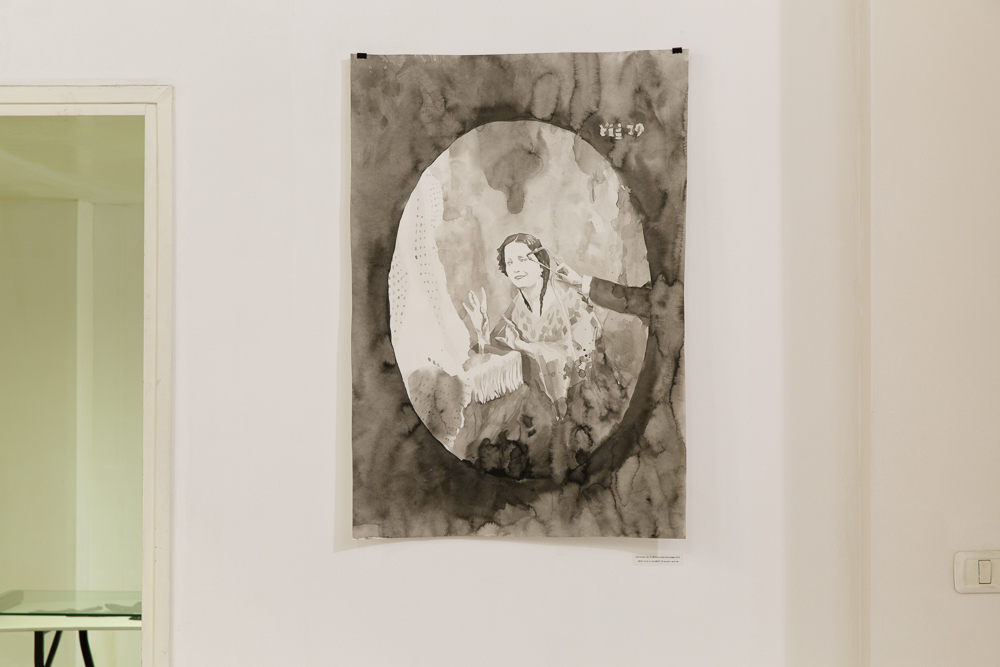


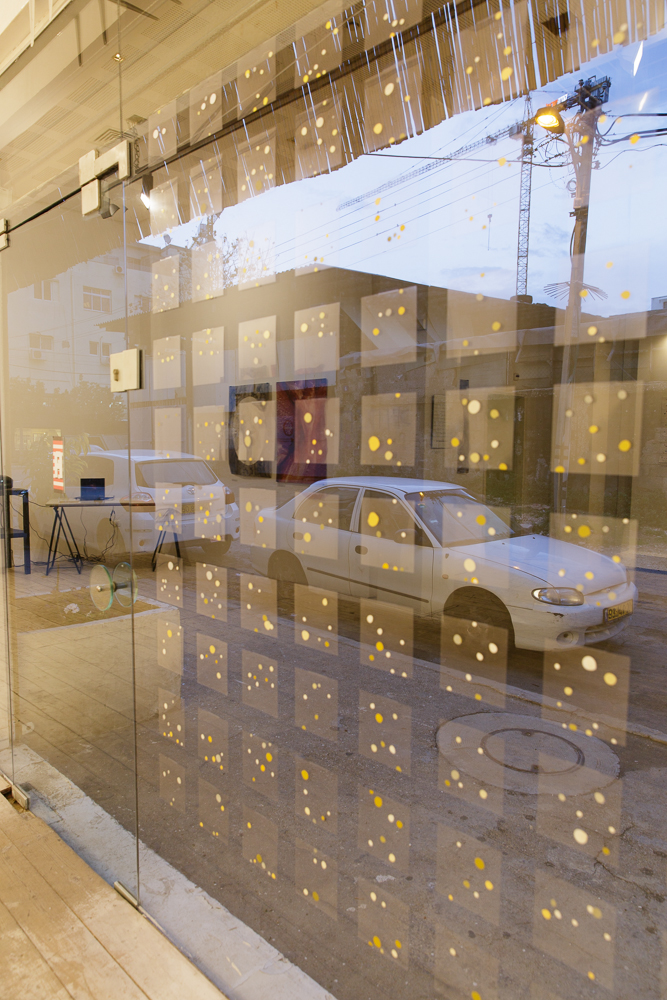
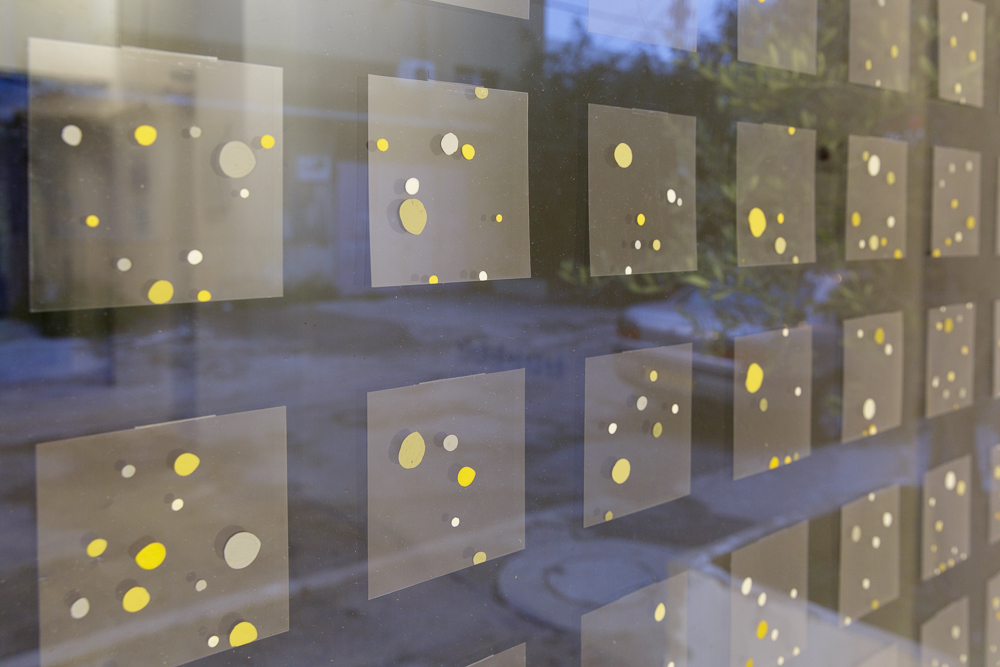
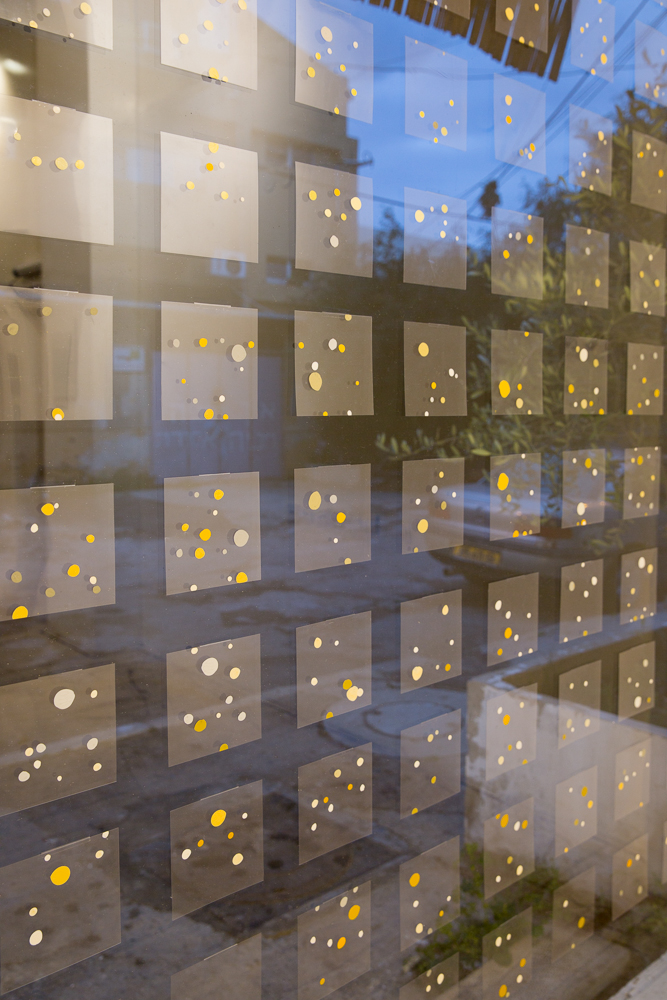












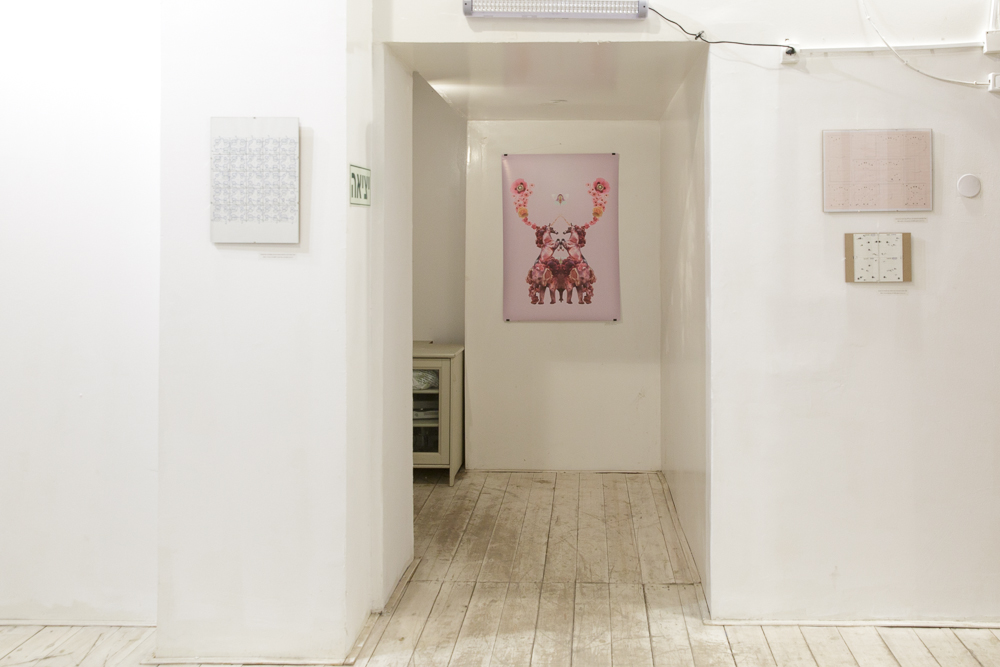




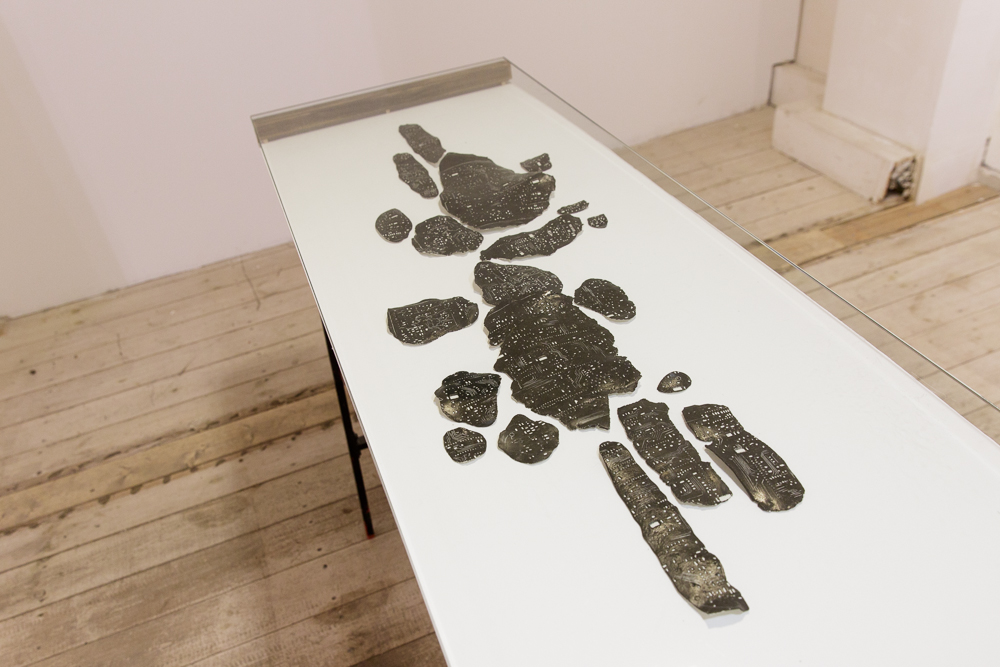

On Thursady, 6/3/14, an exhibition will be opened at Alfred, institute for arts and culture. The exhibition will contain paintings, drawings and an installation of Yoonhee Kim and Paul Zuerker, German based artists.
Kim, a South-Korean inter-disciplinary artist, studied in Korea and Holland, and lives in Berlin.
Zuerker, a German artist, his main activity as an artist is drawing and installation, lives in Hamburg.
The two young artists met in an exchange program at Bezalel art academy.
Kim and Zuerker are both dealing with translation of images into different media and communication within a given system and grid.
Yoonhee Kim's practice is based on the French decorative technique “Decalcomania”, a printing technique of pressing color on pottery or other materials and copying it again and again, creating unpredictable results. Kim is connecting this to the process of translating languages which is arbitrary and constantly reforming the original meaning with another figure. Her work process is inspired by the model of a Round Song, when more than two people sing the same song but starting in a row. Another tool she is using is reconstruction of song lyrics to alphabet- translated systematically to drawings series.
Paul Zuerker is showing asymmetric pairs of images; aquarelle drawings and digital prints inspired by images from the book "The Mechanism of Human Physiognomy". The book was written by the 19th century French neurologist Duchenne, who wanted to determine how the muscles in the human face produce facial expressions which he believed to be directly linked to the soul of man. The images describe facial expressions triggered by electrical probes. Zuerker's installation consists also of a real-time generated 3D simulation which analyzes the visitor's face.
Asymmetry
Yoonhee Kim & Paul Zurker
Curator: Efrat Gal
Kim and Zurker are both dealing with translation of images in different media and communication within a given system and grid.
Yoonhee Kim's practice is based on the French decorative technique ʻDecalcomaniaʼ; a printing technique of pressing color on pottery or other materials and coping it again and again, creating unpredictable results.
She is showing a window work created especially for Alfred's space and some diagrams tracing the logic of her drawings. The objects she is creating with the Decalcomania technique look like mysterious hieroglyphs but are made by pressing computer mainboard on Chinese clay. Kim is connecting these acts to the process of translating languages which is arbitrary and constantly reforming the original meaning with another figure.
Through her continuous process, she is researching the language's system of images. Her working process is inspired by the model of a Round Song, when more than two people singing the same song but start in a row. Another fascination tool she is using is reconstruction of song lyrics to alphabet- translated systematically to drawings series.
Paul Zurker is showing asymmetric pairs of images; ink drawings and digital prints. Both inspired by images from the book "The Mechanism of Human Physiognomy". The book was written by the 19th century French neurologist Duchenne, who wanted to determine how the muscles in the human face produce facial expressions which he believed to be directly linked to the soul of men. The images describes facial expressions triggered with electrical probes.
The ink drawings got the same title as the original photo from Duchenne's book but the digital prints series is called "Emotional Landscape" and was created using images of dead meat, keeping in mind the situation of the person that was tested, regarded as an object and forced to smile or laugh while feeling pain.
Zurker's installation consist of also a real-time generated 3D simulation which reacts to the visitor's face. Using the principle of photography, the light of the projector is used to capture the image of the visitor's figure but it captures a singular moment in the existing space without producing an image that can be reproduced.
The exhibition "Asymmetry" is a cross cultural meeting dealing with human communication, the non- perfect process of translating a concept from one media to another, the incomplete attempt to trace human emotions and the beauty in the undesired effects.

